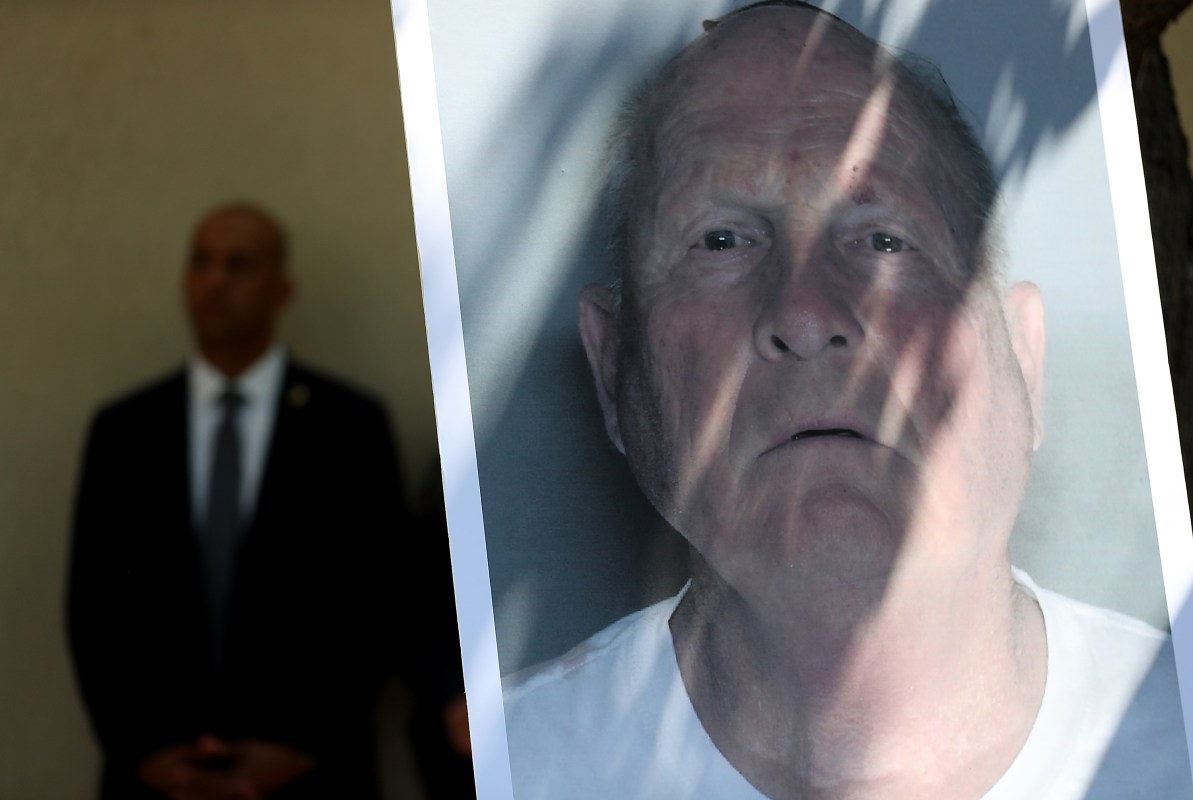The Golden State Killer was suspected of having law enforcement or military experience and was believed to be around six feet tall, with an athletic build. He was thought to live somewhere in the Central Valley and Sacramento area throughout the 1970s. When Joseph James DeAngelo Jr., a former police officer who served in the Navy in Vietnam, was arrested in April, it was clear that he fit all these descriptors. He was 5-foot-11 with a sturdy frame and worked in Exeter, a small city in the Central Valley between Fresno and Bakersfield, until 1976, before moving to Auburn, a town 30 miles northeast of Sacramento. The 72-year-old has been charged with a dozen counts of murder across the state. But his name never made the list of subjects during the four-decade manhunt for the killer.
The manhunt for the Golden State Killer spawned an FBI website dedicated to catching the killer, and prompted lawmakers to create a database of known and suspected felons. But it wasn’t until they used a novel forensic tactic in recent months that DeAngelo’s name came up.
Retired investigators tell The Los Angeles Times that the search took so long because of poor communication between agencies, investigative tunnel vision and antiquated technology.
Thanks for reading InsideHook. Sign up for our daily newsletter and be in the know.


















